Or, more accurately, no new puerh, for the last few years and from the last few years.
I was going through what I do have and what I have bought, and what I have found is that I have bought very little new puerh in the last few years. This is not to say that I wasn’t buying tea – quite the opposite. I have bought quite a bit of tea in the past few years (probably too much, as usual) but much of that is stuff that pre-dates 2007.
Among the full cakes I’ve bought that are younger than 5 years, most I purchased as samples – through Taobao, for example, where sometimes the smallest sample size is a full cake. Almost all are single cakes, with two exceptions, a tong of old tree tea from a local outfit that makes decent tea, and also two tongs of Yiwu teas from various villages. That’s it.
Instead, I’ve been buying things that are older – in many cases, about ten years older. I don’t know why, but I seem to be running into these 2003 teas a lot, and I have purchased a bunch of them for what are seemingly ridiculously low prices. In fact, they are cheaper than newly made, 2013 Dayi teas, such as the purple Dayi and the Year of the Snake cake. And the thing is, these are not crazy, empty prices – there are actual buyers buying these things, as indicated by the sales record of the shops. Mind you, I didn’t buy the 2003 teas because they’re cheap; I bought them because they’re cheap, and because they’re good, and they have exhibited good aging already and will do so further as they sit there longer. There’s just no good reason to jump into unknowns that may or may not age well, at what looks almost certainly like inflated prices, when there are older, big factory stuff that are a much better bargain.
From the perspective of someone who is buying tea for drinking, there is almost no good reason to chase after these special editions of this or that. They are often touted as being a unique recipe, but the fact of the matter is, big factory tea is, more or less, big factory tea, and after the initial fervour dies down, people forget about them and start chasing the next big thing. The tea, if it turns out to be good at all, is not going to be consumed for at least a decade or so. Meanwhile, you run all the risks of storing them, and there is always the not-impossible chance of it turning out to be, basically, a dud. The key is to flip them and make a profit, but that’s not easy to do.
Whereas for something that is 10 years old or so, you already have a pretty good sense of whether or not the tea is going on the right or wrong path – if it’s aged badly, or if it has no aging potential, you’d know. 10 years is not old yet, it’s just starting to become drinkable. But at the very least it removes all the risks that comes with storing a newborn tea – the possibility that it is going to turn out to be awful, or not ageable at all. Given my needs and wants, I cannot bring myself to buy teas that are new and expensive – it just doesn’t work in terms of the price/quality ratio.
Of course, there are people who buy it for “investment” purposes, which is probably what’s really driving demand. If you’re doing it from areas outside of Asia though, the ability to turn that investment back into cash is going to be a seriously difficult proposition, and one that needs to be considered carefully before you try that path. Even friends in Hong Kong who try to sell their aged tea back often encounter prices that they deem unacceptable – because the middlemen are the ones who actually have access to market, and very few buyers are willing to pay independent collectors the market rate for a tea. So, buy your tea for yourself, and spend the rest of your money on something else – or save it, invest it, and buy the good stuff ten years from now.Â

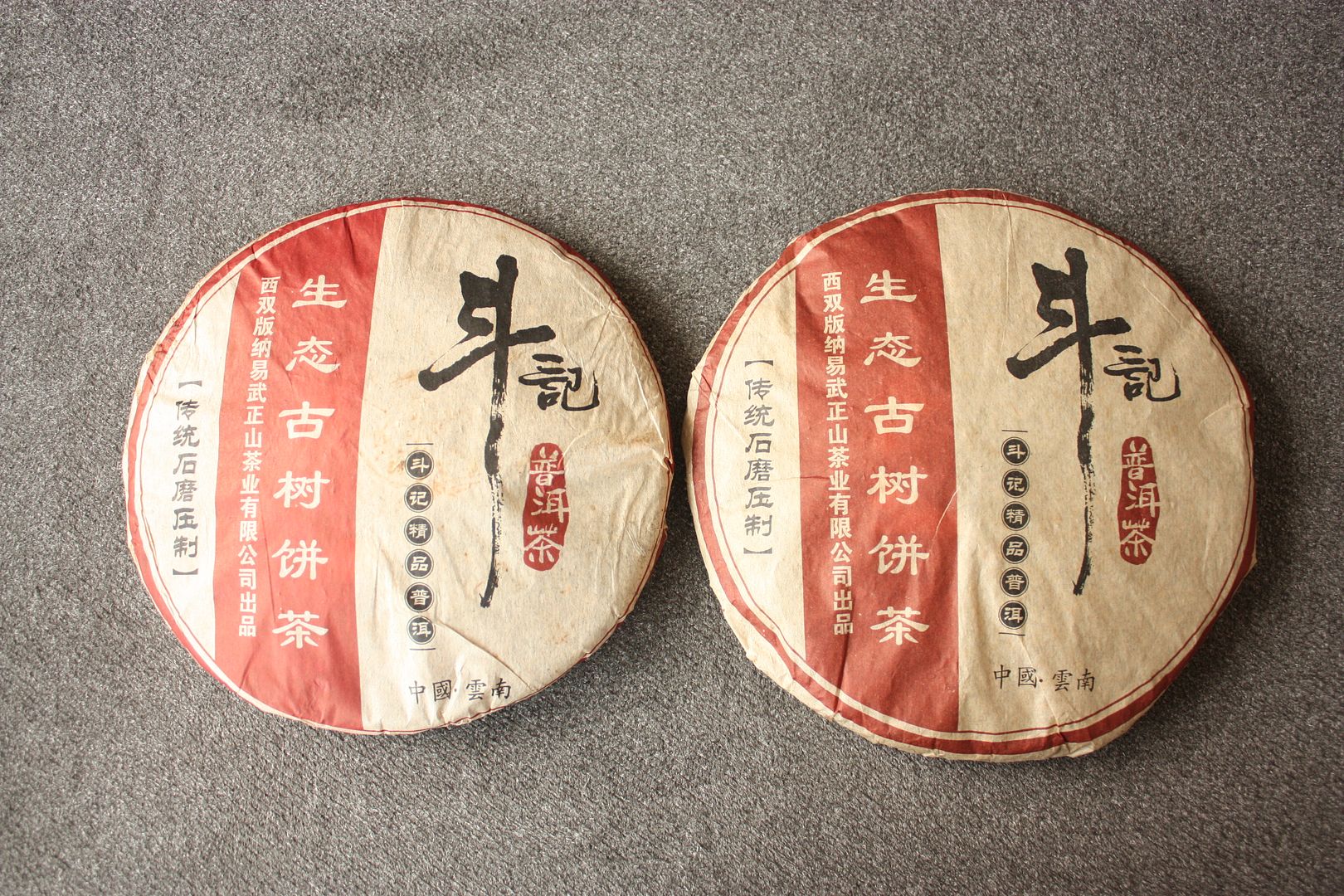

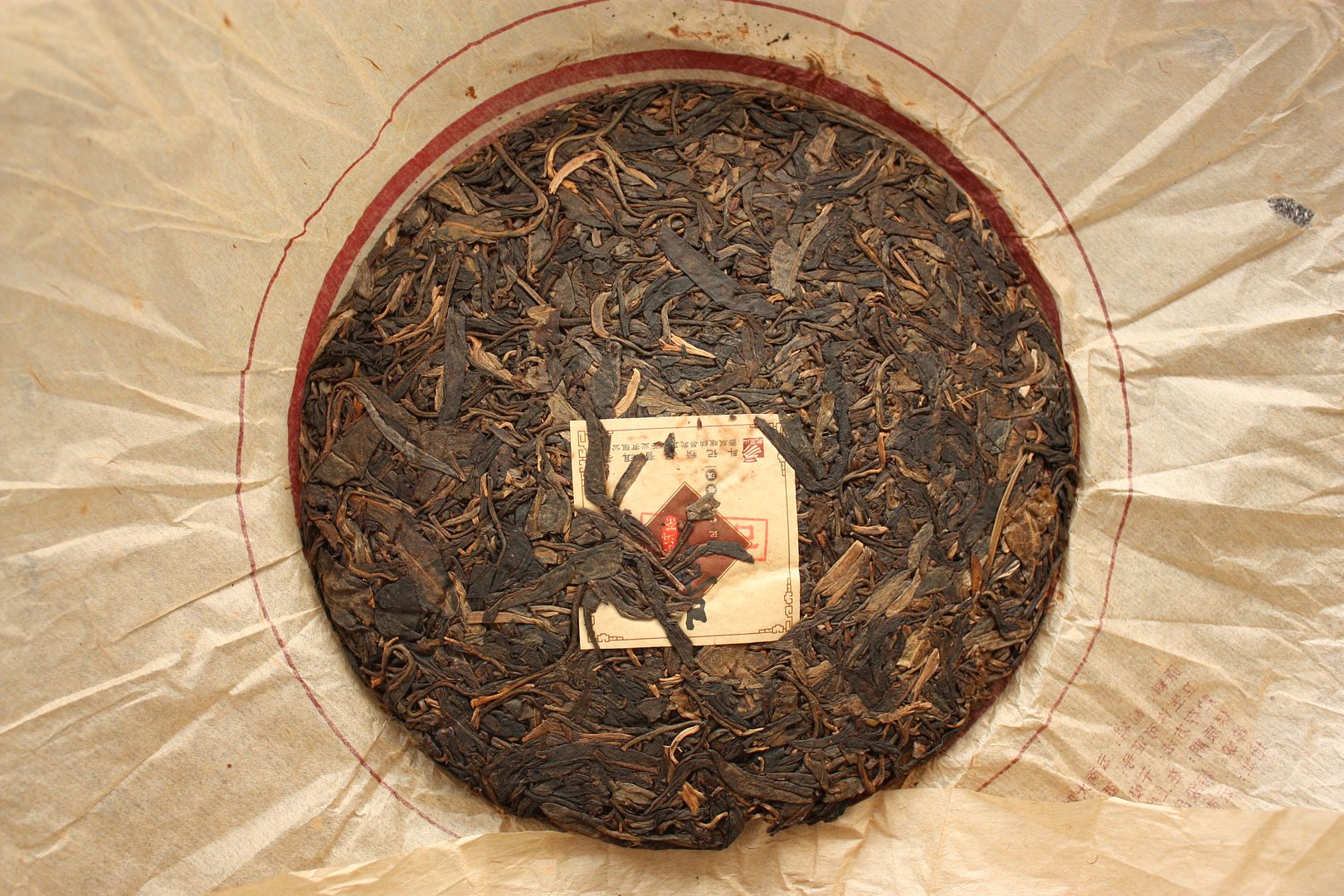
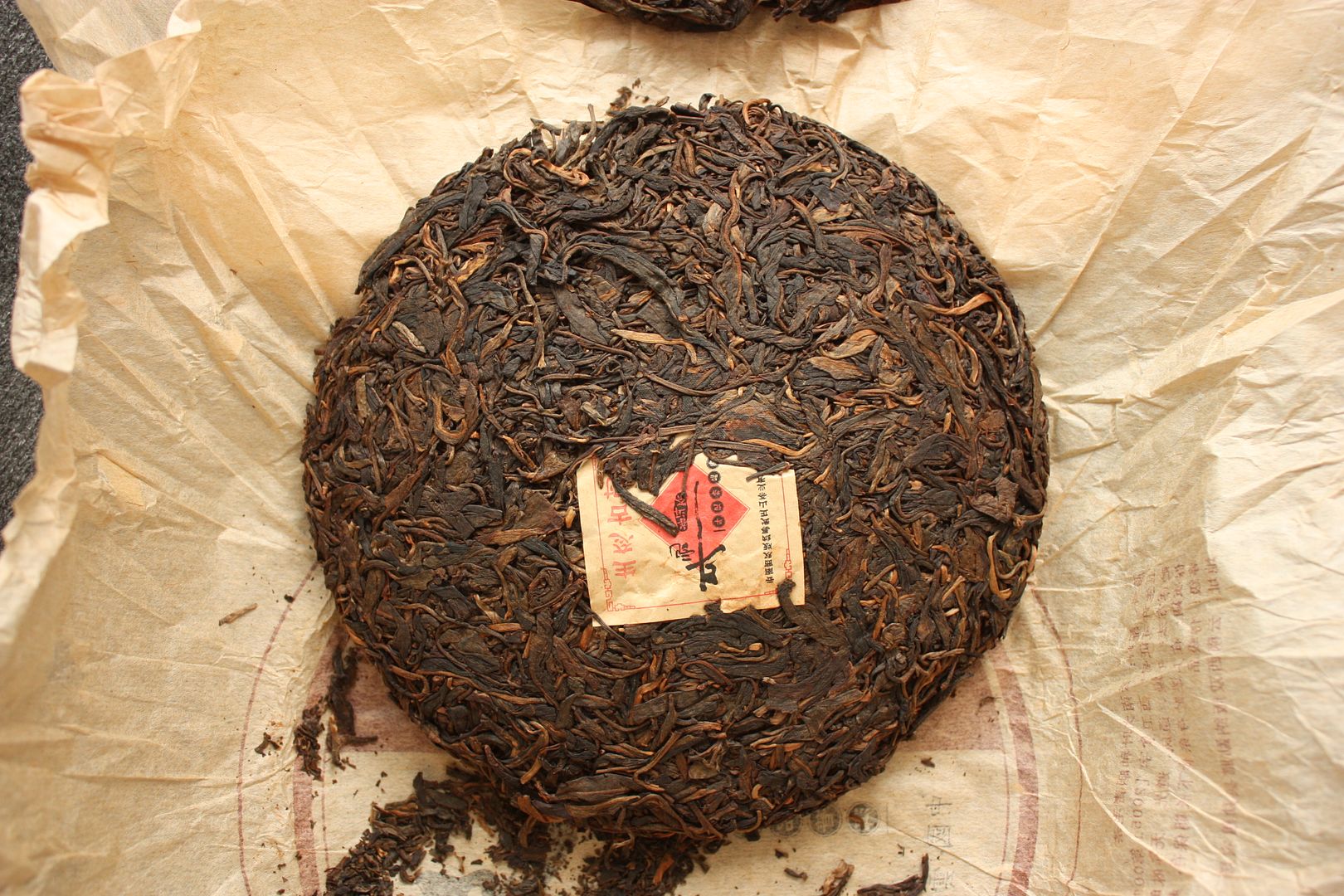
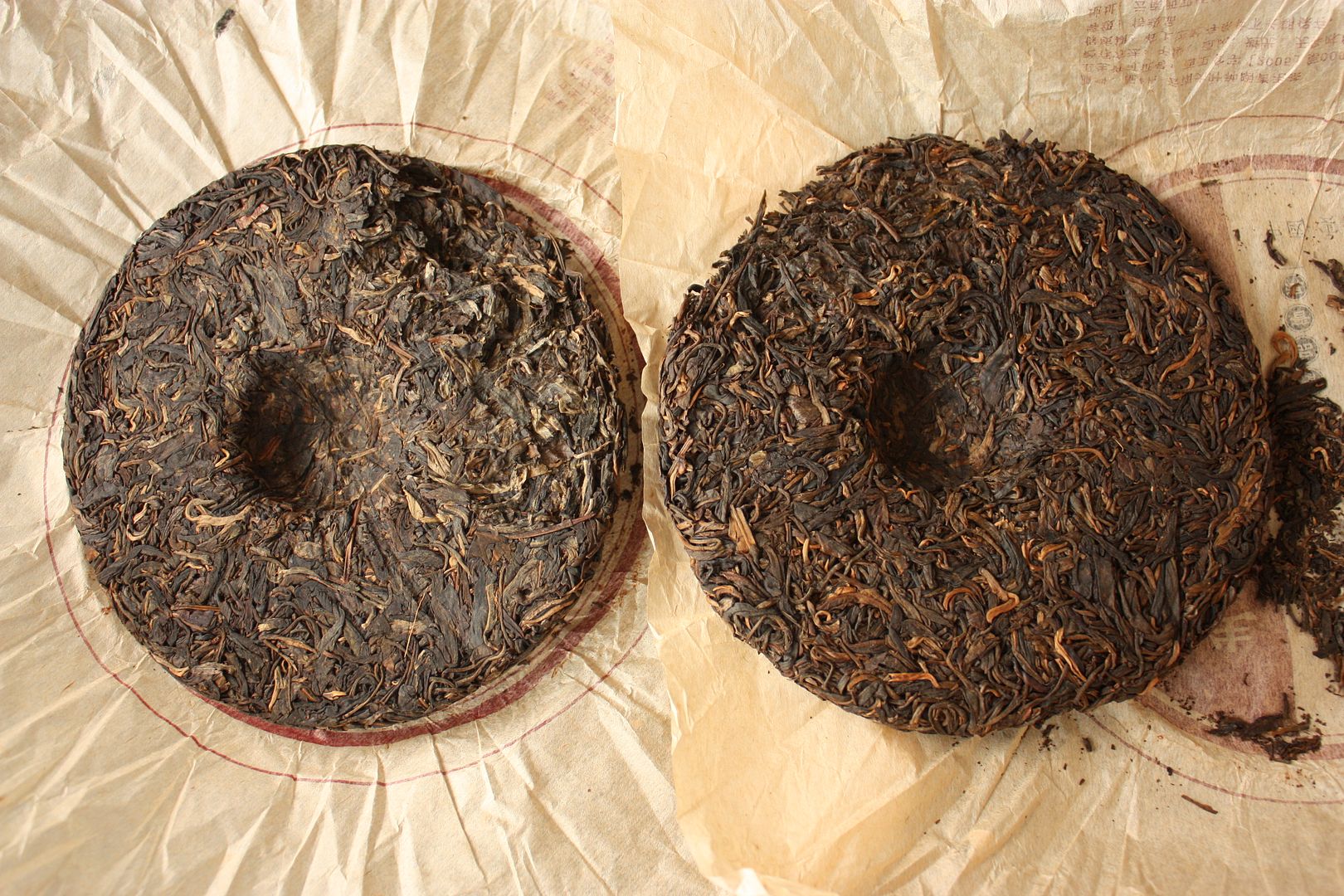
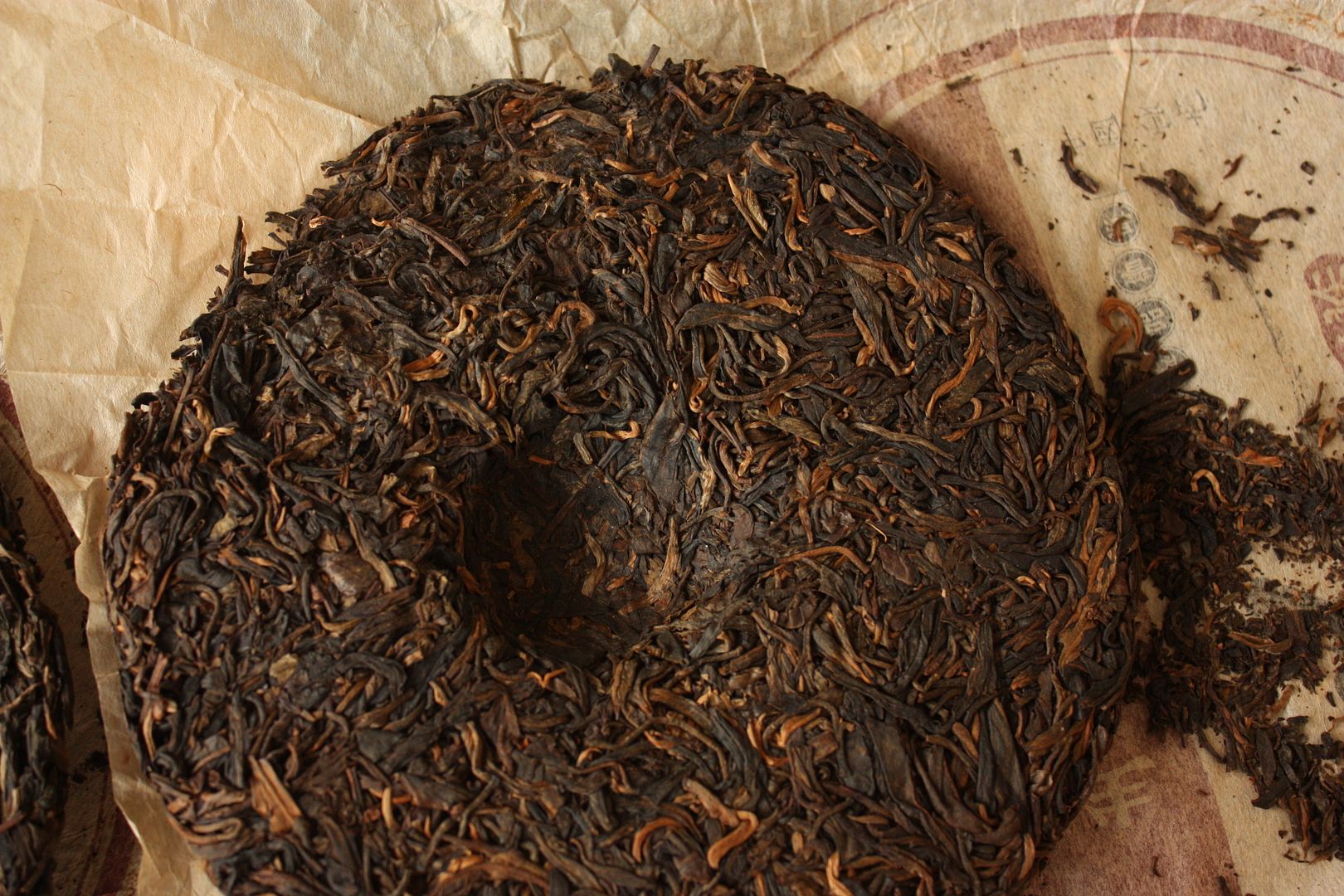
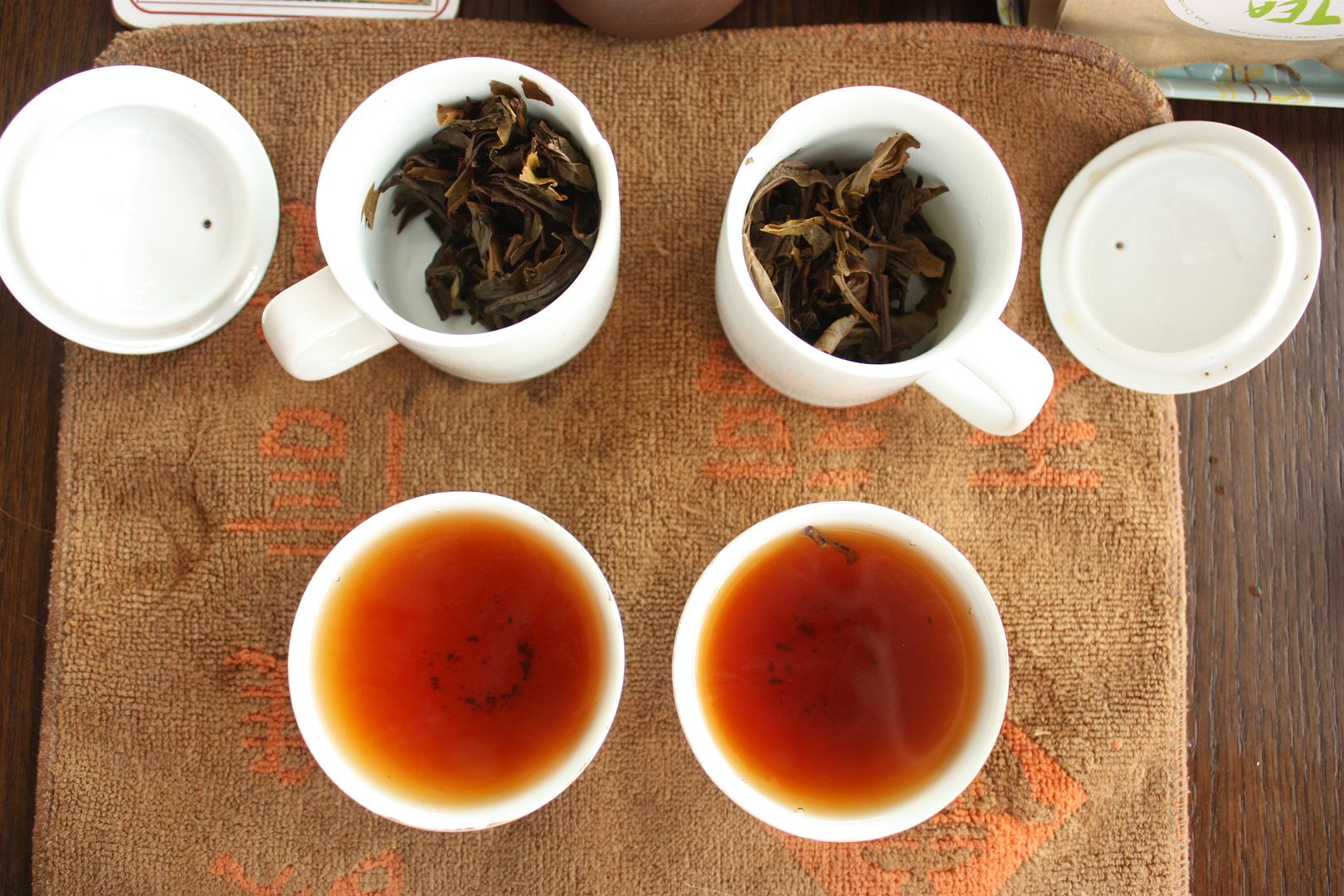

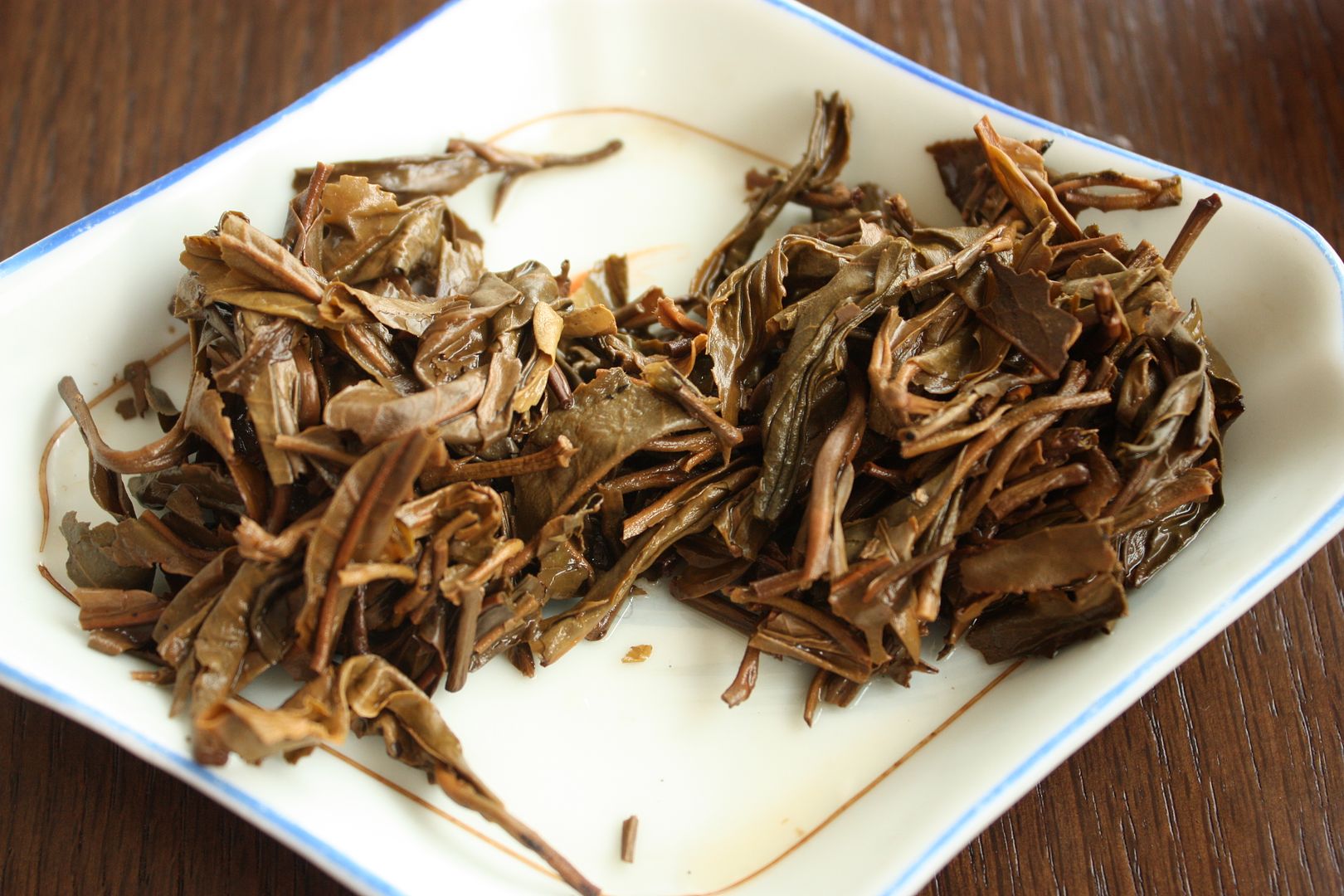
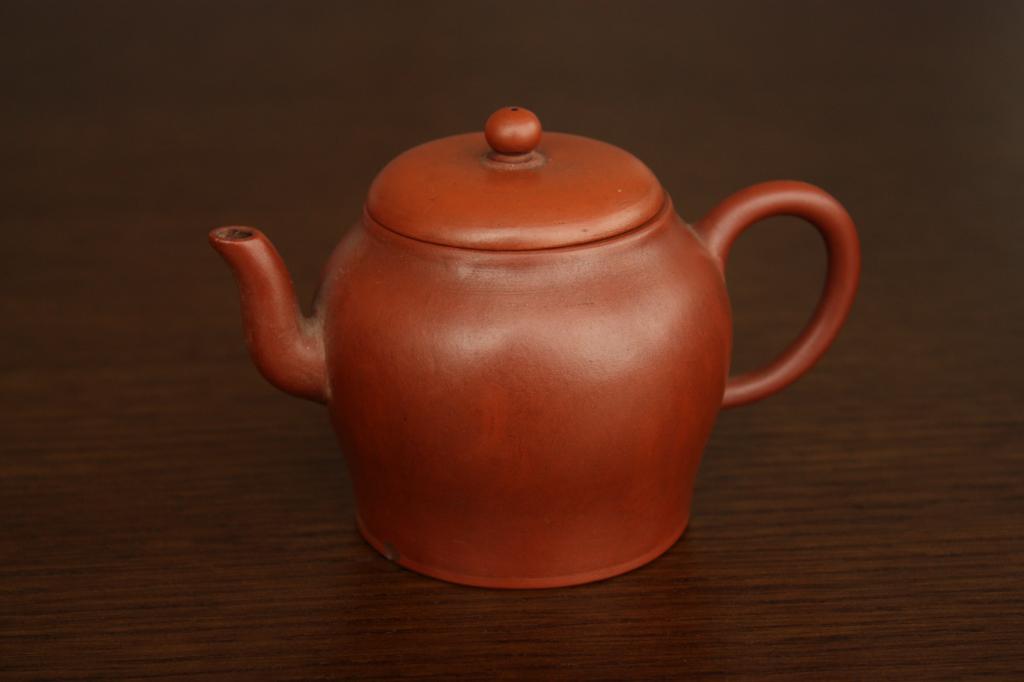


Yeah whisky prices have been leaking too, as well as luxury watches. I wrote a post maybe a decade ago…